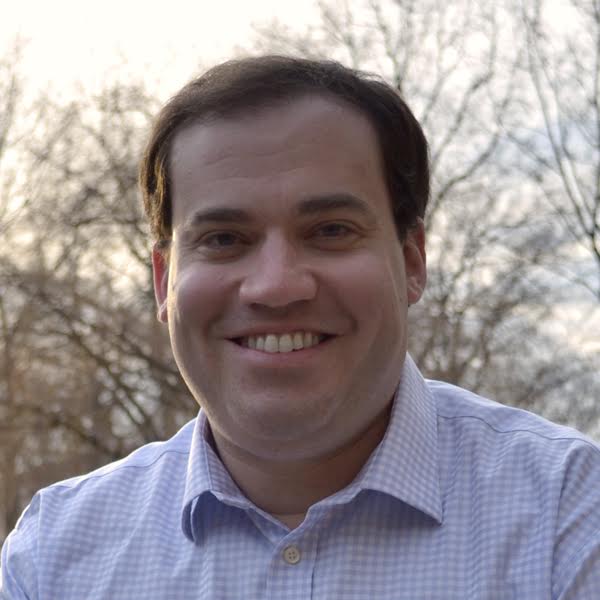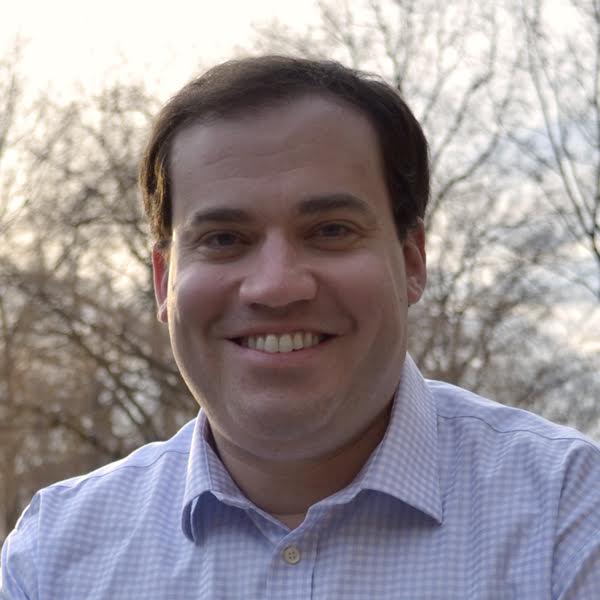Ben Geller
Pedagogical Methods Used
Peer Instruction / Think-Pair-Share, Collaborative problem-solving, Conceptually-oriented activities, Context-rich problems, Guided inquiry, Mathematically-focused activities, Experimentally-focused activities, Tutorials
Life Sciences Focus
I've worked on curricula related to random motion and entropy, fluid dynamics in living systems, the second law of thermodynamics and free energy, magnetic sensing and NMR/MRI, and modeling cellular and neural systems.
Education Research and Pedagogy Expertise
I'm particularly interested in questions of affect and engagement: how do the tasks we choose and the manner in which we implement them affect life science students' interest and engagement in intro physics?
Describe the courses that you teach for life sciences students
I teach a two-semester introductory physics course targeting life science and biochemistry students: Introductory Physics with Biochemical and Biomedical Applications
What is your approach to teaching physics for life science students?
My goal is to leverage students' backgrounds in biology and chemistry by exploring contexts for which those backgrounds are relevant, and to be explicit about the ways in which fundamental physics informs those disciplines.
CONTRIBUTIONS
Fluid dynamics in the context of normal and diseased physiology in the human cardiovascular system
Flow Rate, Bernoulli's Principle, Hagen-Poiseuille Equation, Viscosity
Cardiovascular Disorders, Healthy Cardiovascular Function
a module introducing random walks following 1D kinematics as the mechanism of gradient-driven flow
Kinetic Theory, Mean Free Path, Mean Collision Time, Viscosity, Diffusion, Brownian Motion
Physical Mechanisms, Material Flow, Cross-membrane Transport
LOGIN or REGISTER to see 3 more contributions, along with recent activity and contact information.







